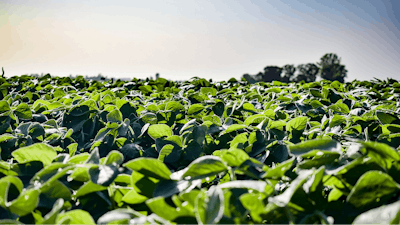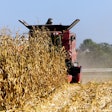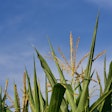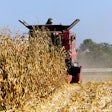
The United States Department of Agriculture (USDA) has released its latest Fats and Oils: Oilseed Crushings, Production, Consumption and Stocks report, revealing key trends in the oilseed processing industry for November 2024.
Highlights from the report include:
Soybean crushing: 6.30 million tons (210 million bushels) were crushed in November 2024, down from October but up 5% year-over-year.
Soybean oil production: Crude oil production reached 2.49 billion pounds, a 7% increase from November 2023 despite a 3% month-over-month decline.
Canola processing: 211,013 tons of canola seeds were crushed, down from both the previous month and year.
Cottonseed oil: Once refined oil production hit 41.0 million pounds, up 54% from November 2023.
Animal fats: Edible tallow production decreased 19% year-over-year, while choice white grease production increased 25% from October but decreased 2% from the previous year.
These figures indicate a complex landscape for the oilseed processing industry, with varying trends across different commodities. The increase in soybean crushing and oil production compared to the previous year suggests continued strong demand for soybean products, despite the month-over-month decline.
Corn consumption and co-products production
In addition to the oilseed crushing report, the USDA has also released data on grain crushings and co-products production for November 2024. Key findings include:
Total corn consumption: 514 million bushels were consumed for alcohol and other uses, down slightly from October but up 1% from November 2023.
Corn usage breakdown: 92.6% was used for alcohol production, while 7.4% was used for other purposes.
Fuel alcohol production: 465 million bushels of corn were used for fuel alcohol, a 2% increase from November 2023.
Dry mill co-products: Production of distillers dried grains with solubles (DDGS) reached 1.84 million tons, up 2% year-over-year but down 2% from October.
Wet mill products: Wet corn gluten feed production increased by 7% from November 2023, totaling 258,388 tons.
These statistics provide valuable insights into the corn processing industry, particularly in relation to ethanol production and animal feed co-products. The slight increase in corn consumption for fuel alcohol suggests a stable demand in the biofuel sector, while the growth in DDGS and wet corn gluten feed production indicates continued strength in the animal feed market.
















